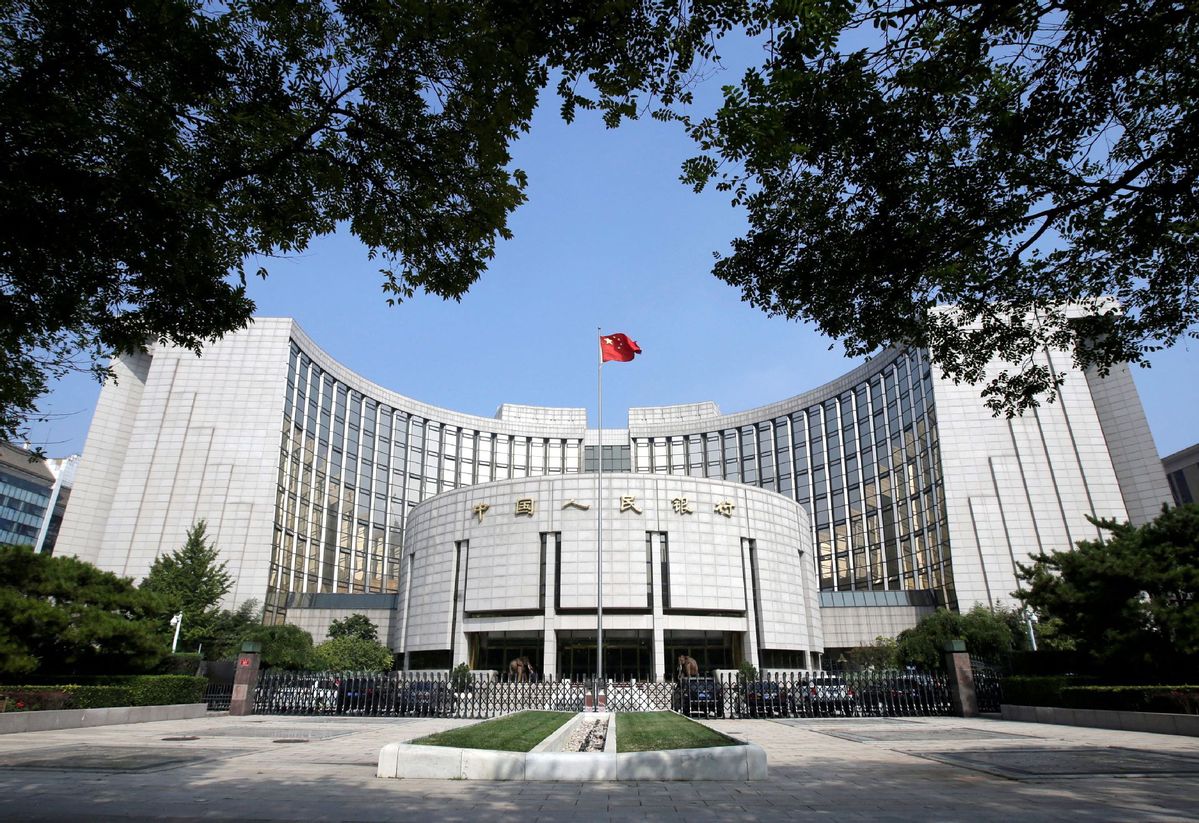Guidance shows attention paid to financing hardships of SMEs


The People's Bank of China, together with the National Financial Regulatory Administration and other departments, recently drafted a guideline document to standardize supply chain finance. It aims to standardize management to improve the quality and efficiency with which the financial sector serves the real economy, especially by better meeting the financing needs of small and medium-sized enterprises.
In recent years, with the popularization of digital technology, the supply chain finance model has been constantly innovated, providing SMEs with more efficient access to financing. However, the rapid development of the industry has also brought many problems, such as excessive credit expansion and opaque information due to the lack of clear regulatory standards. By taking advantage of their dominant position, the core enterprises may default on payment to SMEs and even extract bank funds through fabricated trading.
The guideline document seeks to solve the problems faced by SMEs by regulating the supply chain finance business, clarifying the responsibilities and behavioral boundaries of participants, preventing risks, and guiding supply chain information service agencies to better serve the financing needs of SMEs. This is not only a comprehensive regulation of the supply chain finance sector, but also an important measure to implement the central authorities' instructions to serve the real economy.
The guideline document, if well implemented, will significantly improve the financing environment for SMEs by standardizing the behavior of finance providers and providing SMEs with new financing channels. This will help ease the financial pressure on SMEs. By strengthening the verification of the authenticity of the transaction background to ensure that the supply chain finance business is based on real transaction scenarios, and guiding the supply chain information service agencies to provide reliable credit assessment and transaction information and reduce the risk of information asymmetry, the guideline will help prevent and resolve risks at the source.
At the same time, the measures rolled out by the guideline, such as standardizing the business operation process, improving the service efficiency and quality of supply chain finance, strengthening the supervision of supply chain information service agencies to ensure that the information provided by them is true and reliable, and guiding financial institutions to strengthen risk management and improve their ability to support supply chain finance business, will not only help solve prominent problems in the sector, but also lay a solid foundation for the sustainable development of supply chain finance.
21ST CENTURY BUSINESS HERALD


































